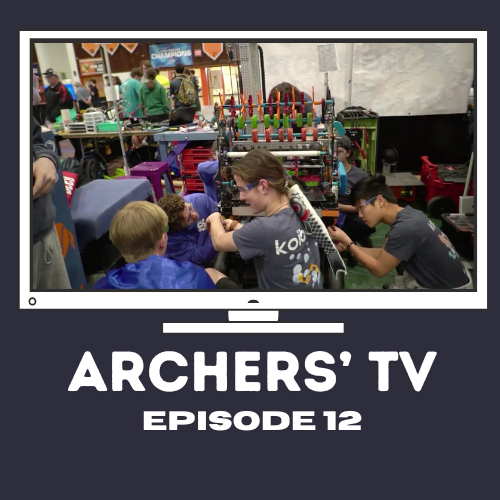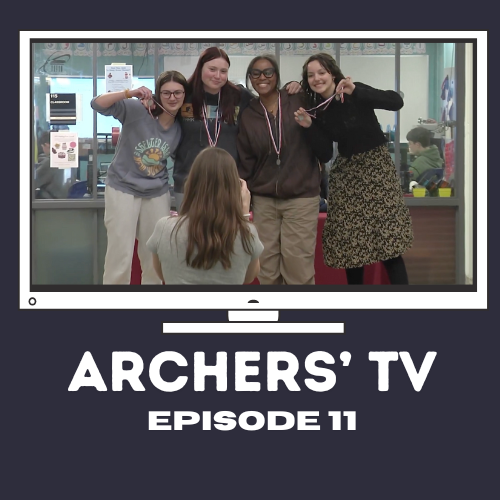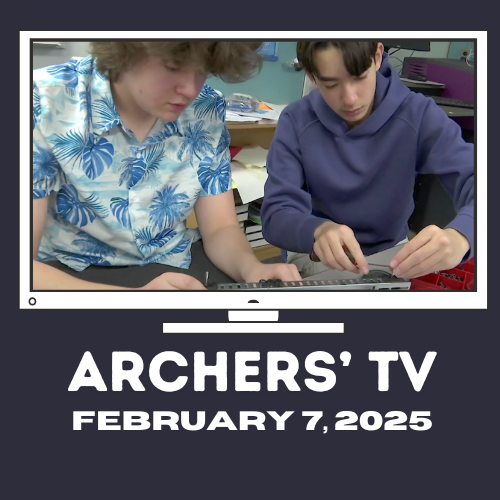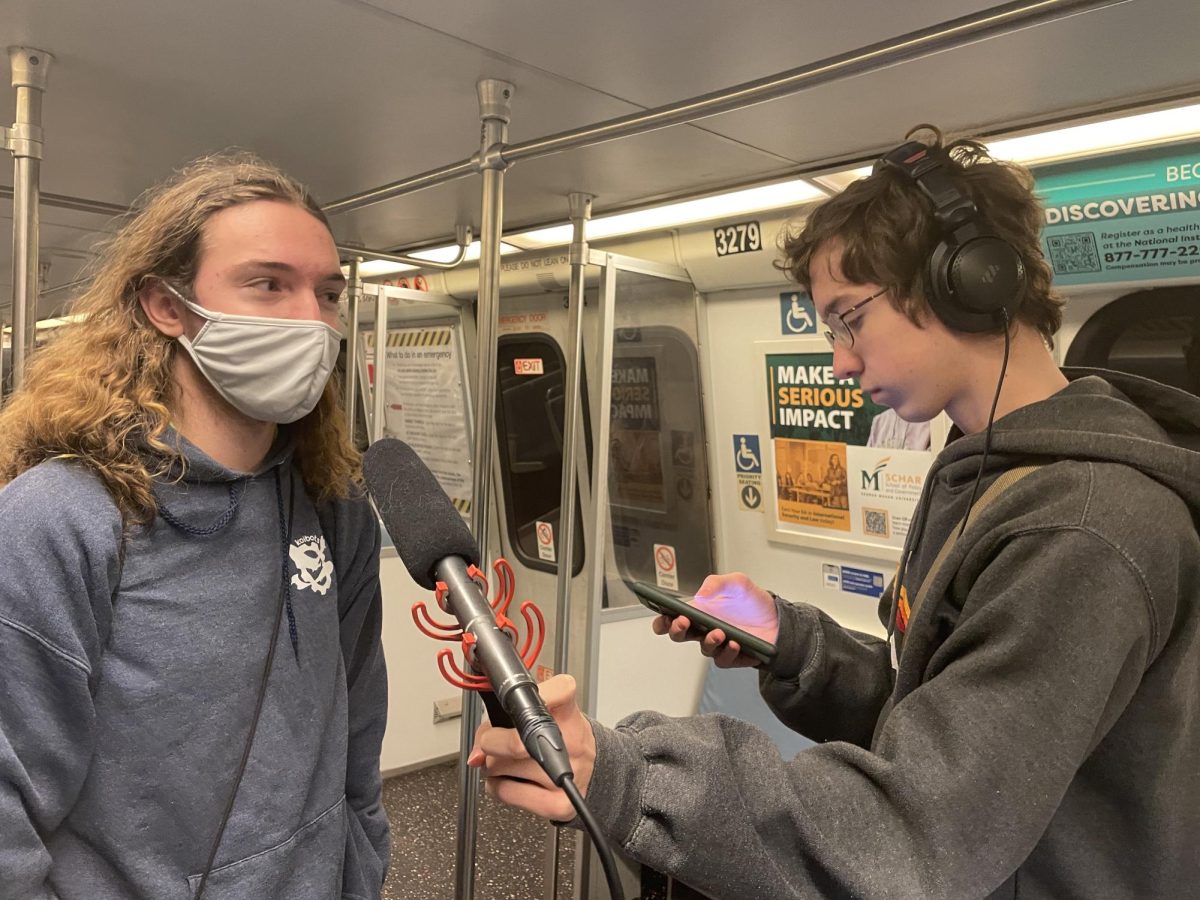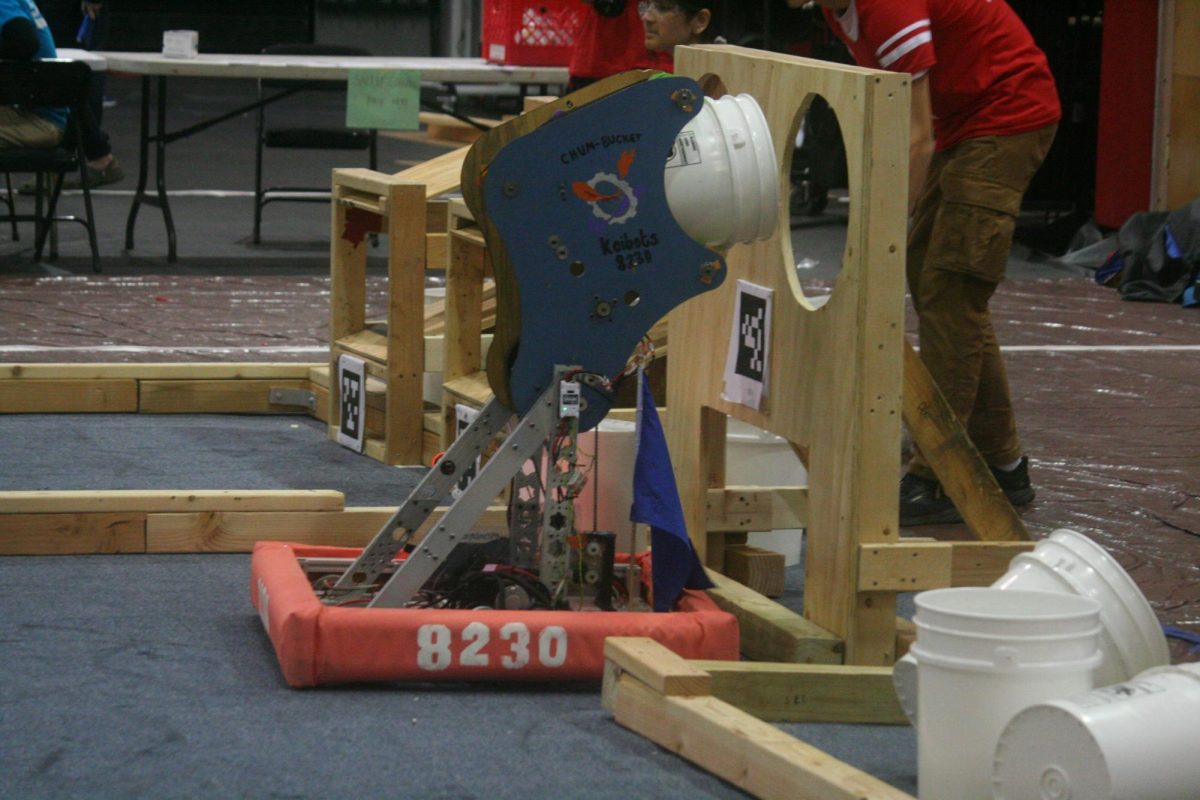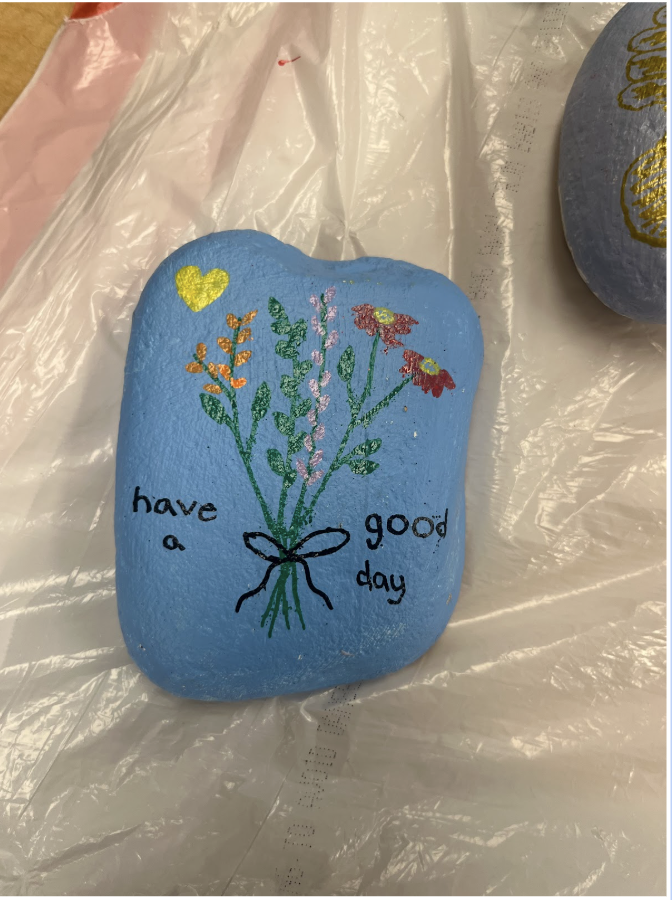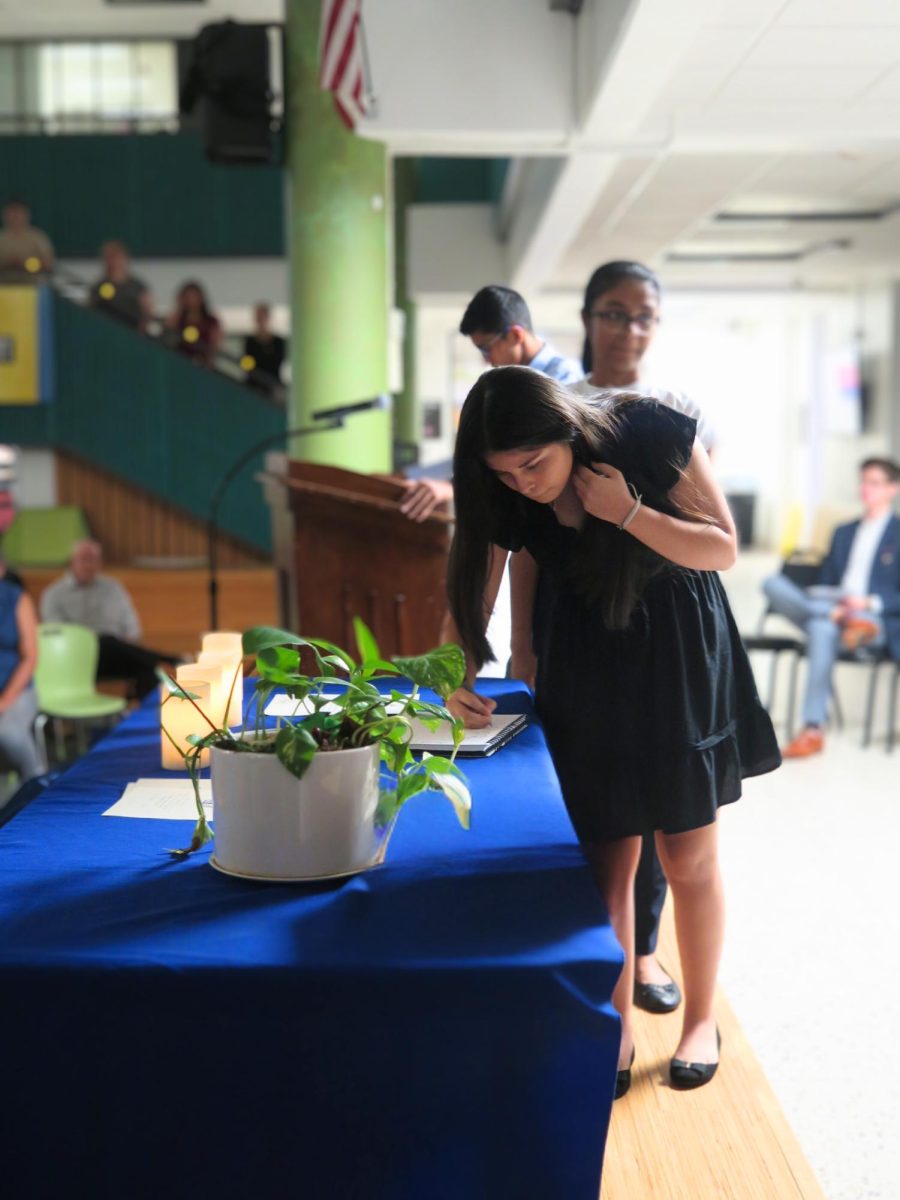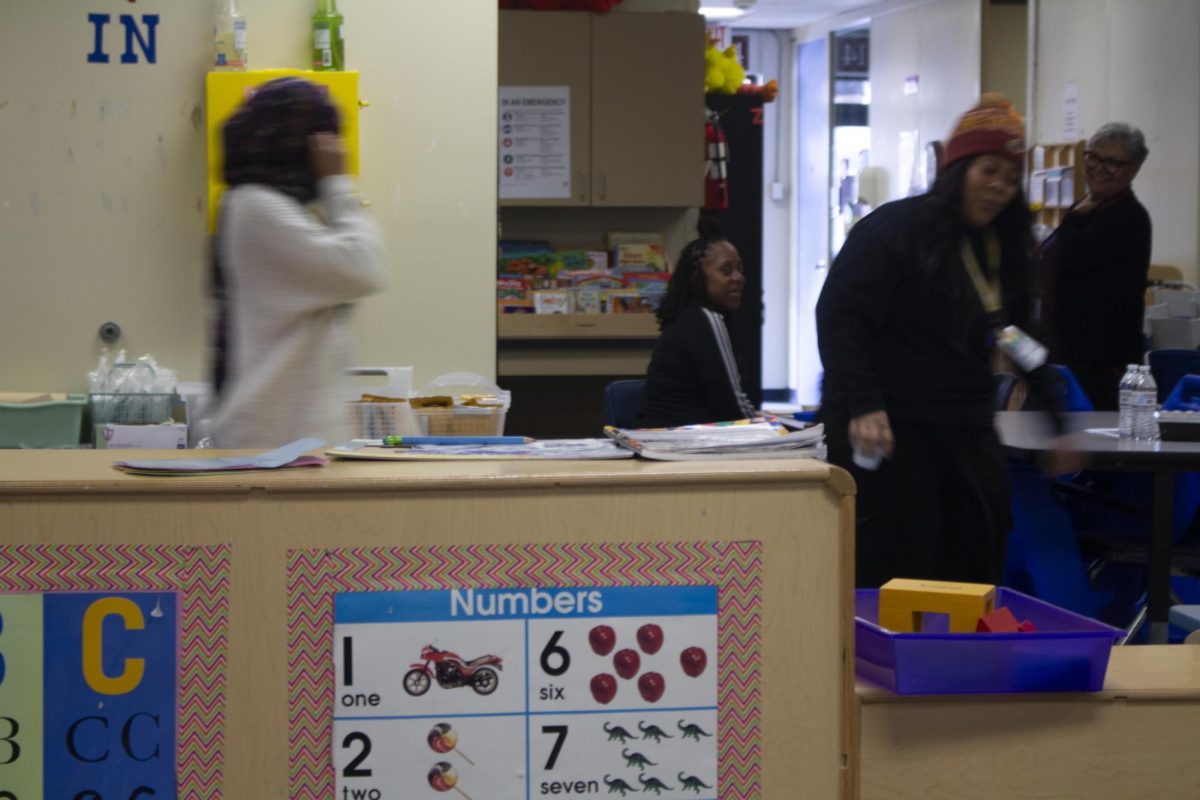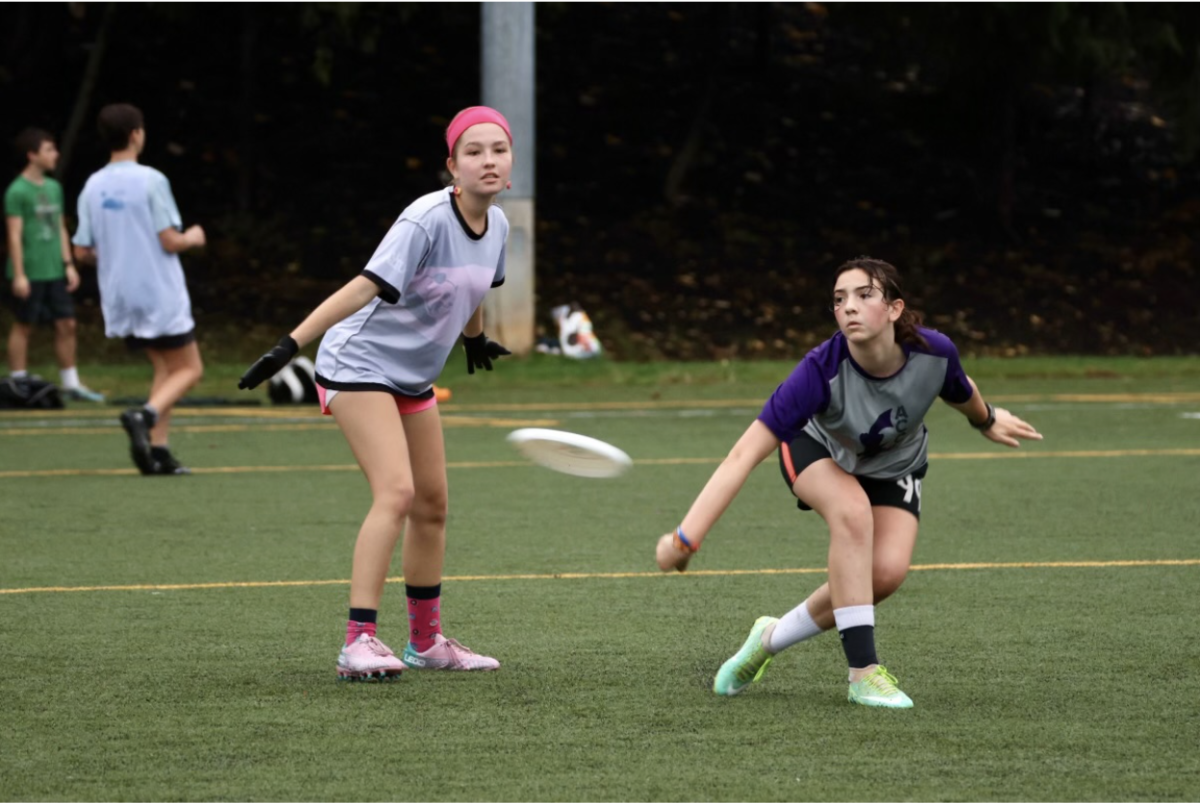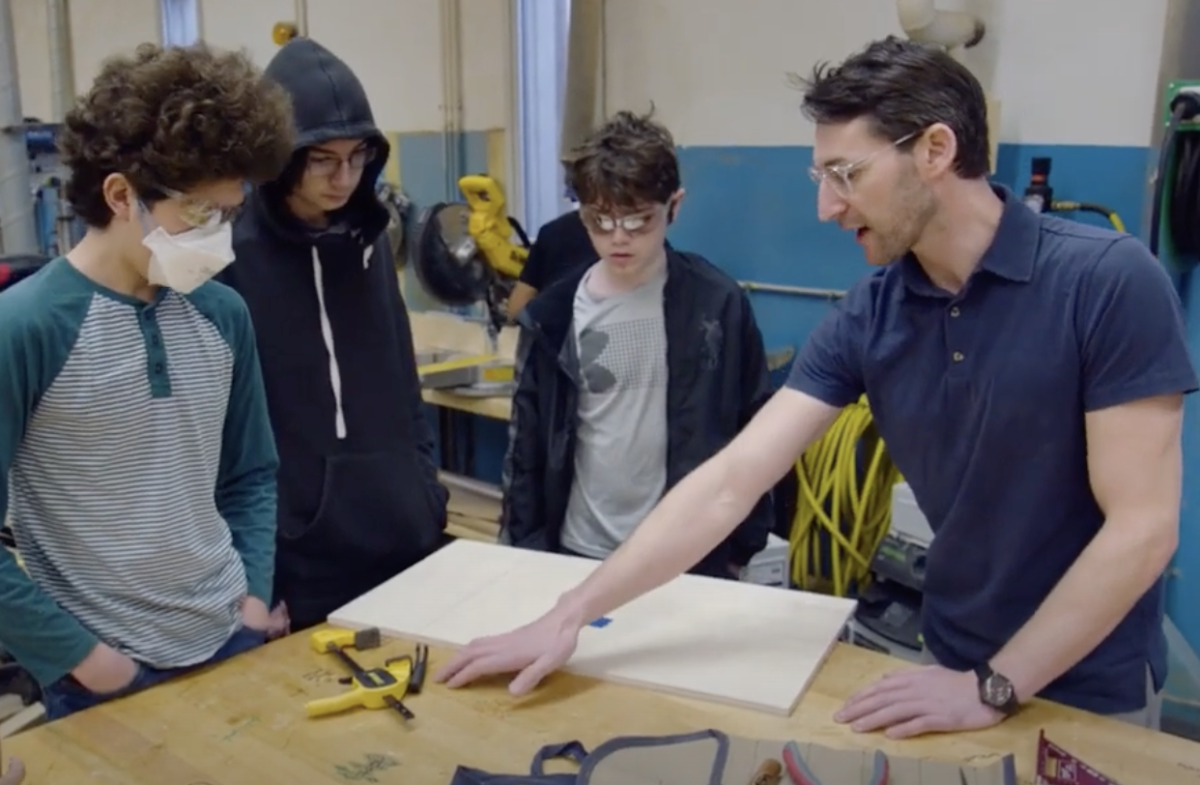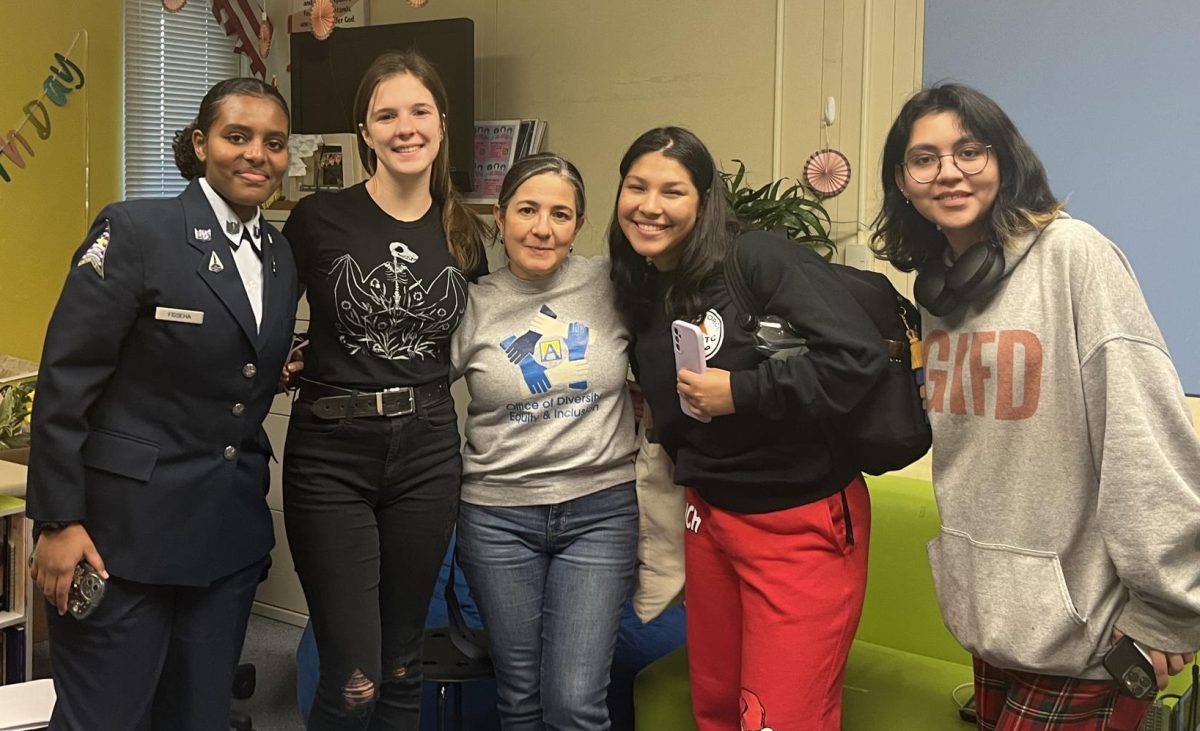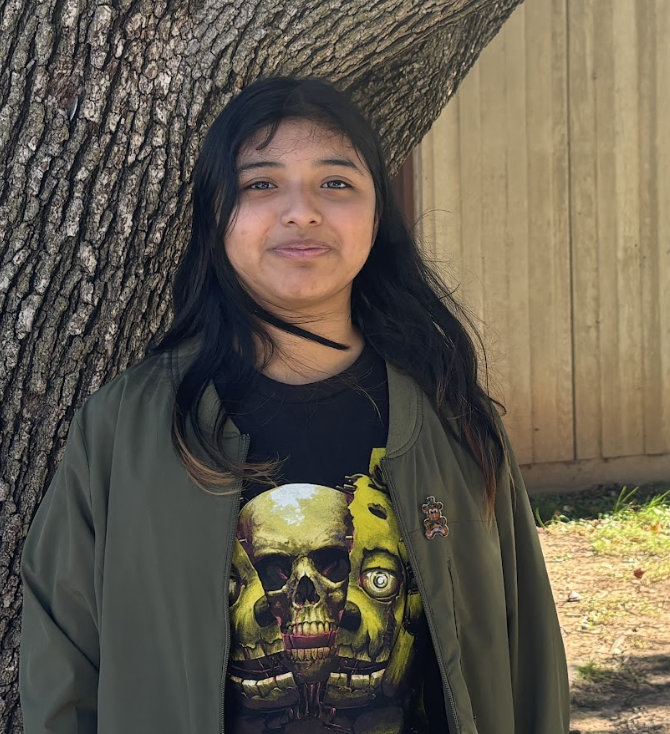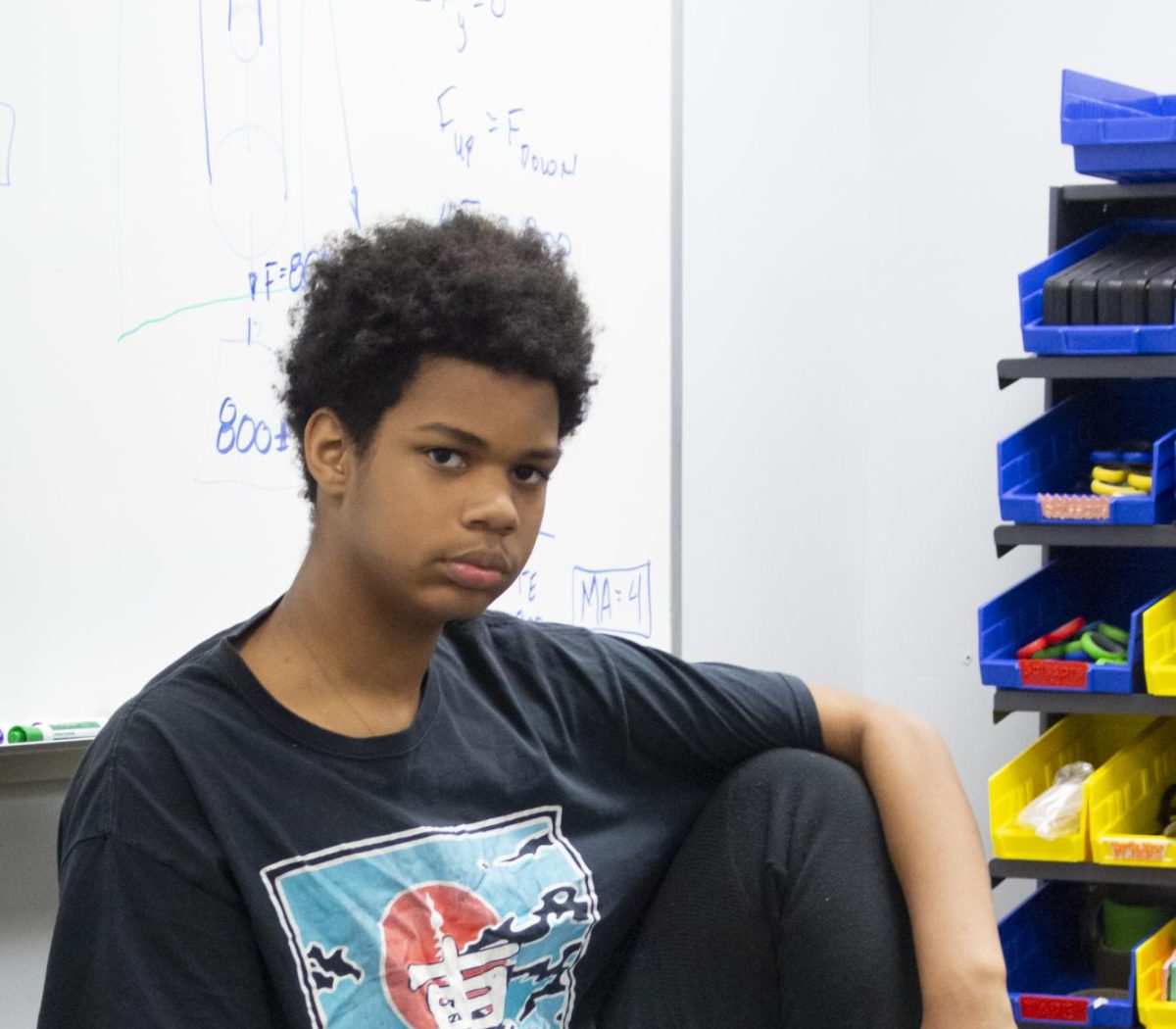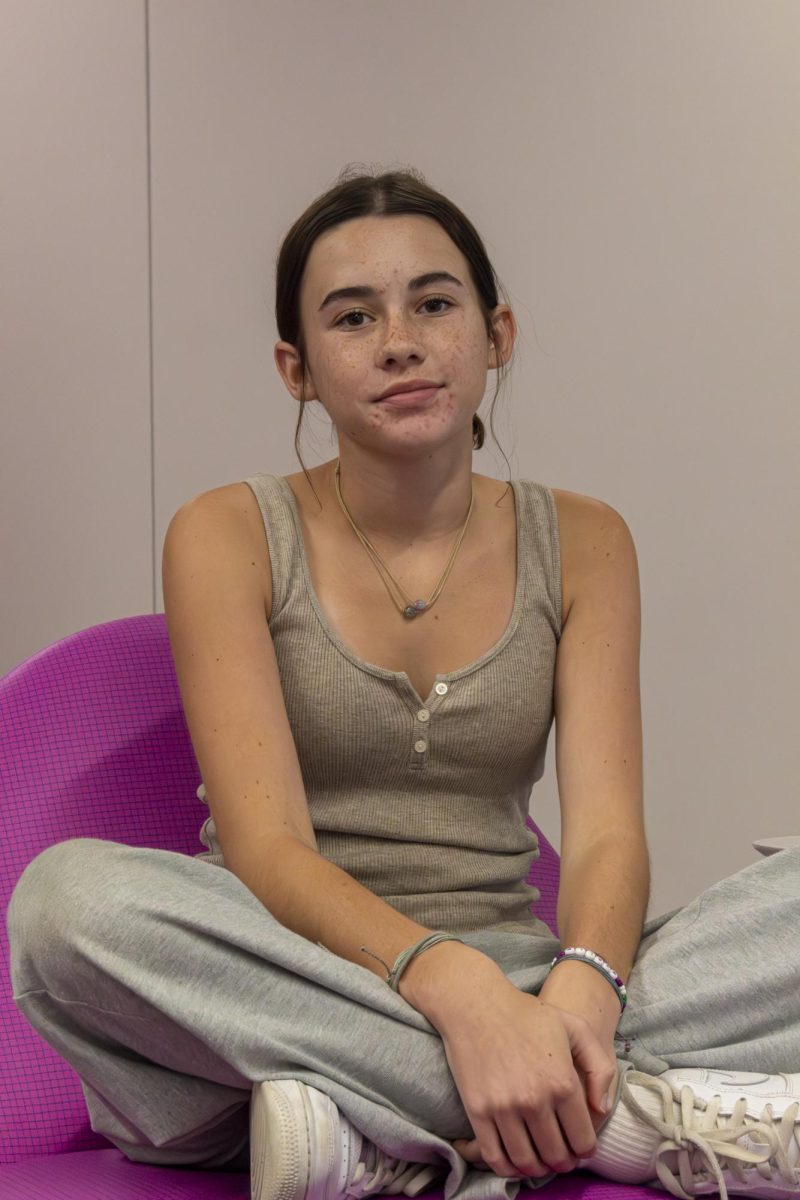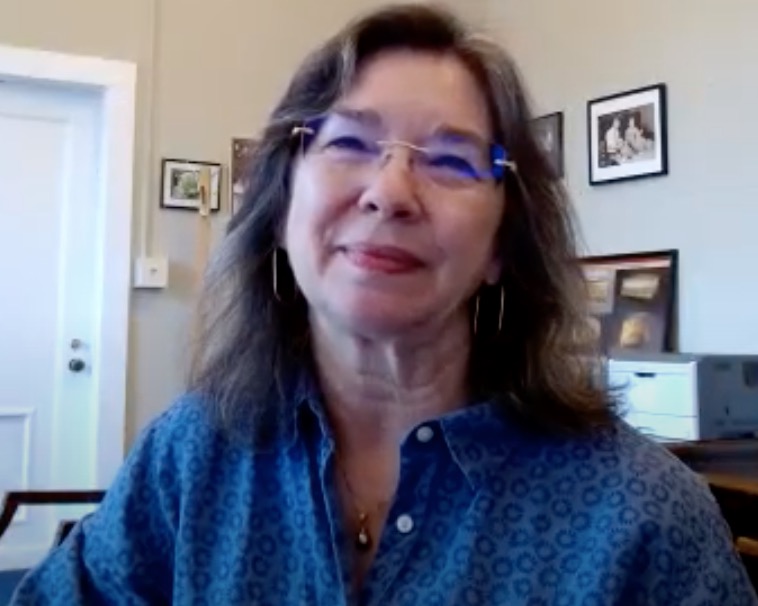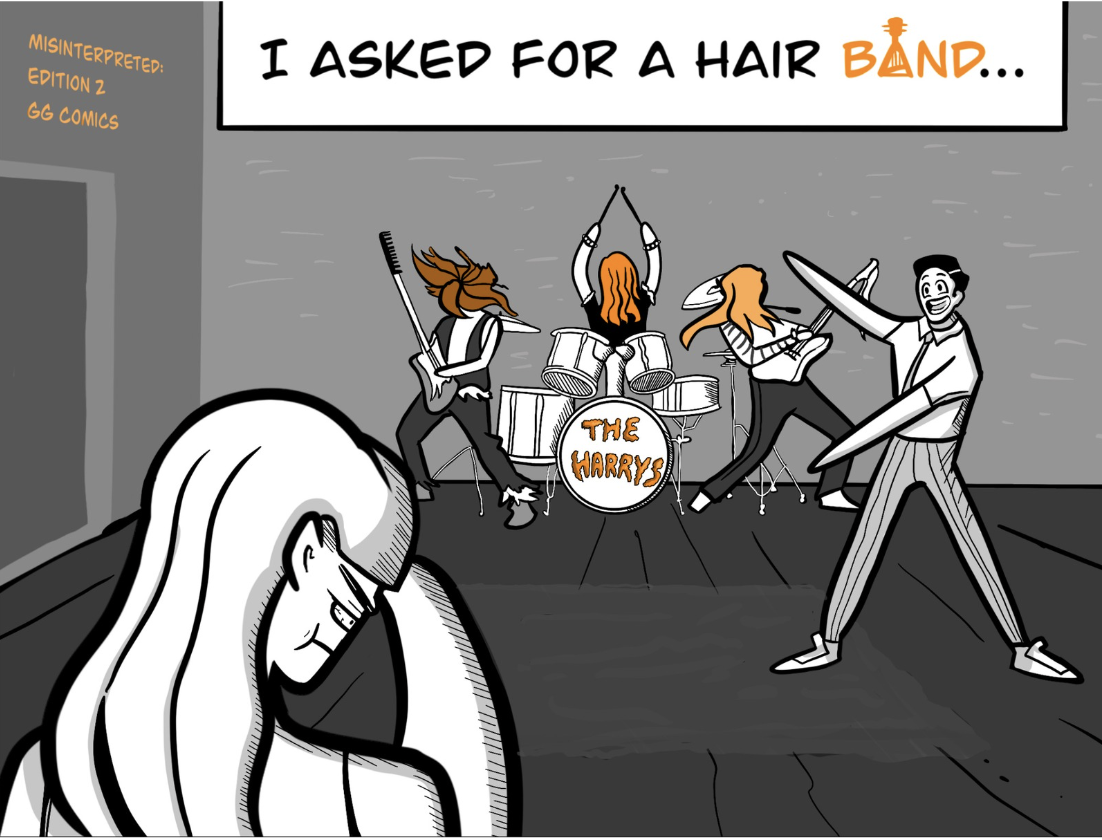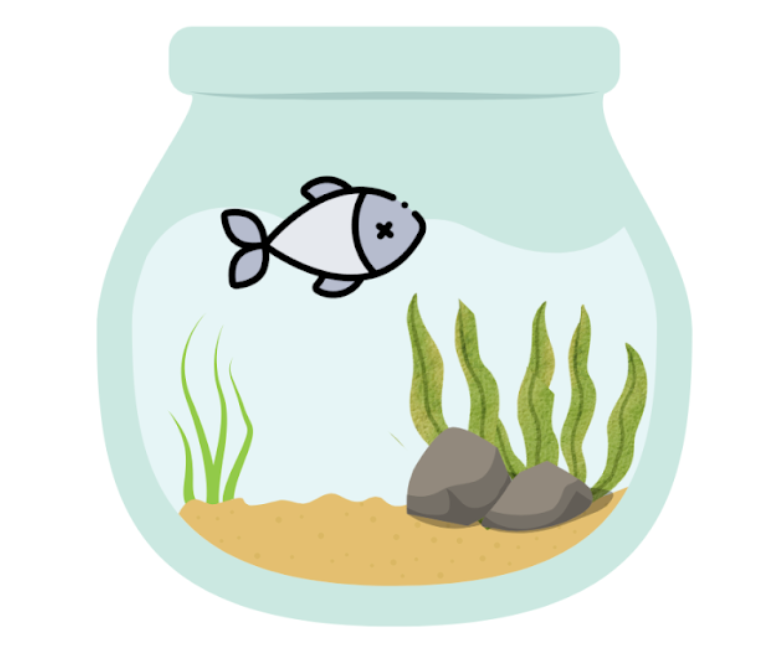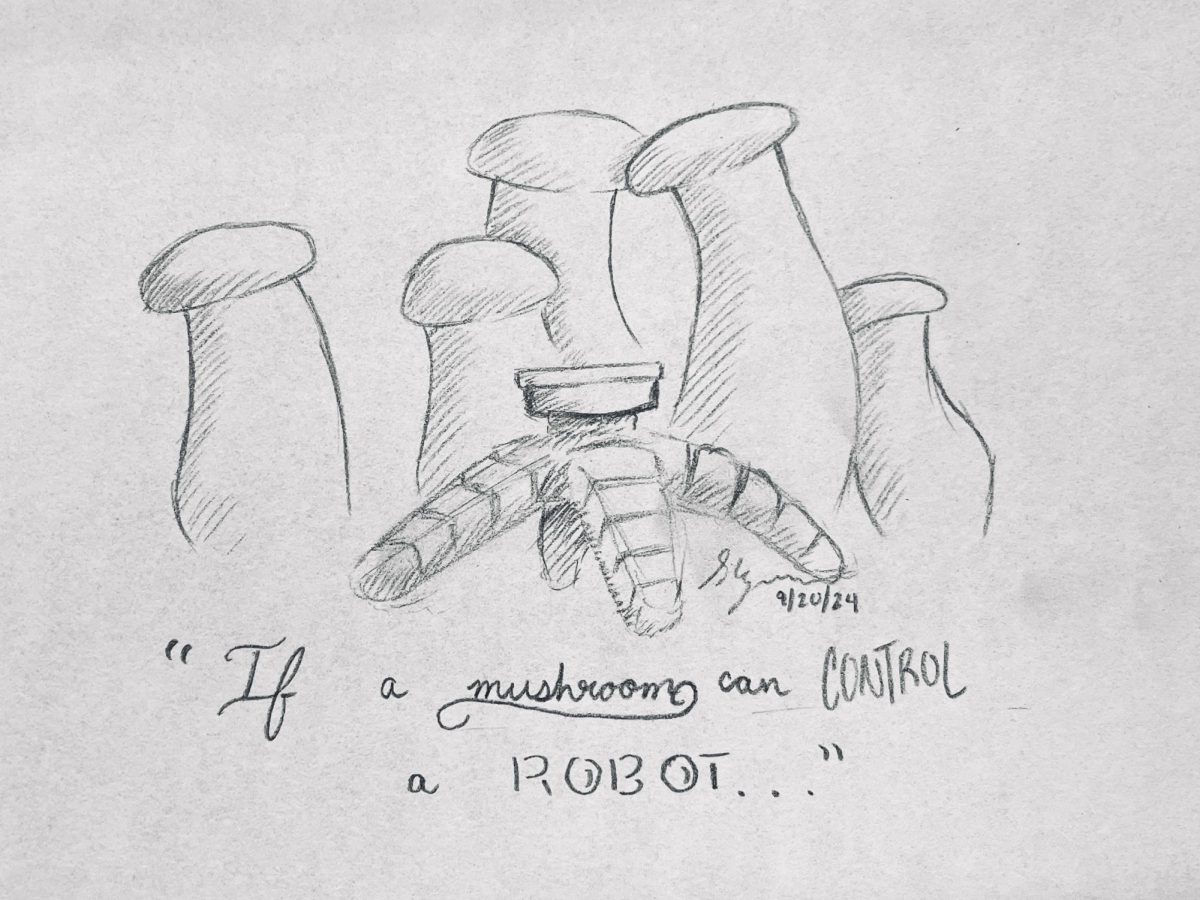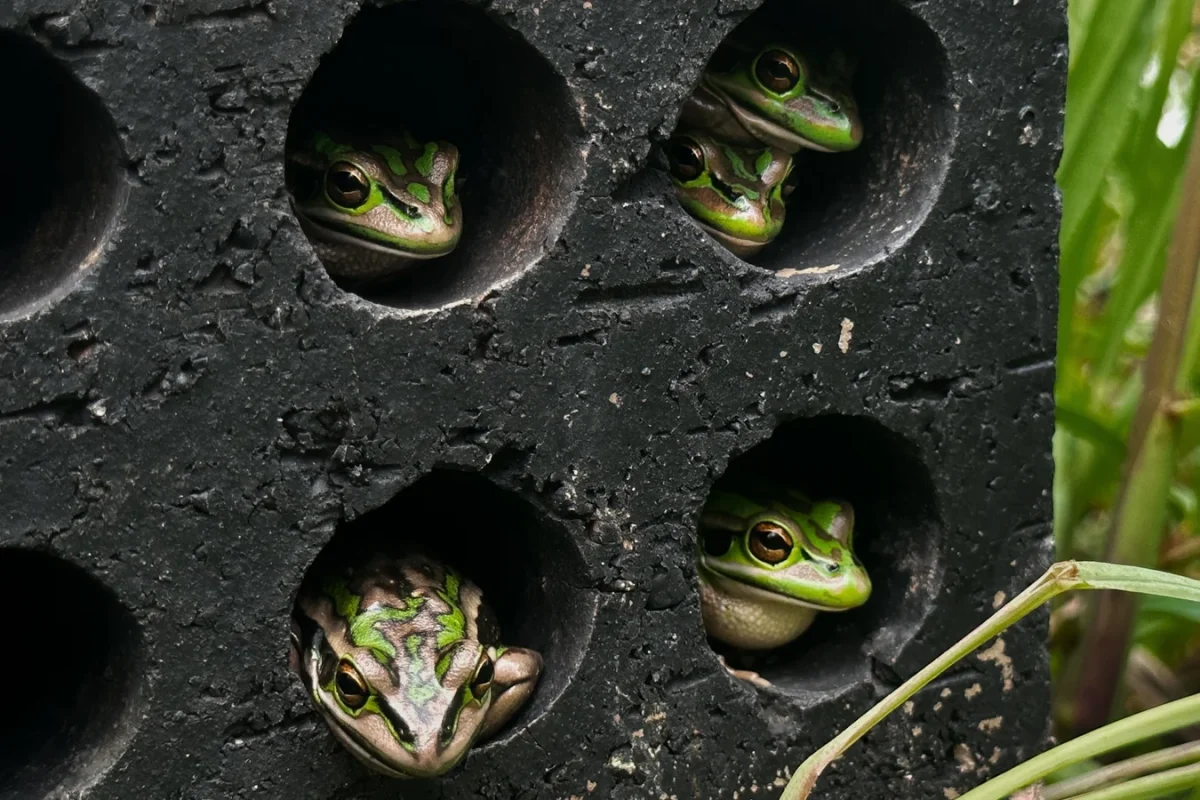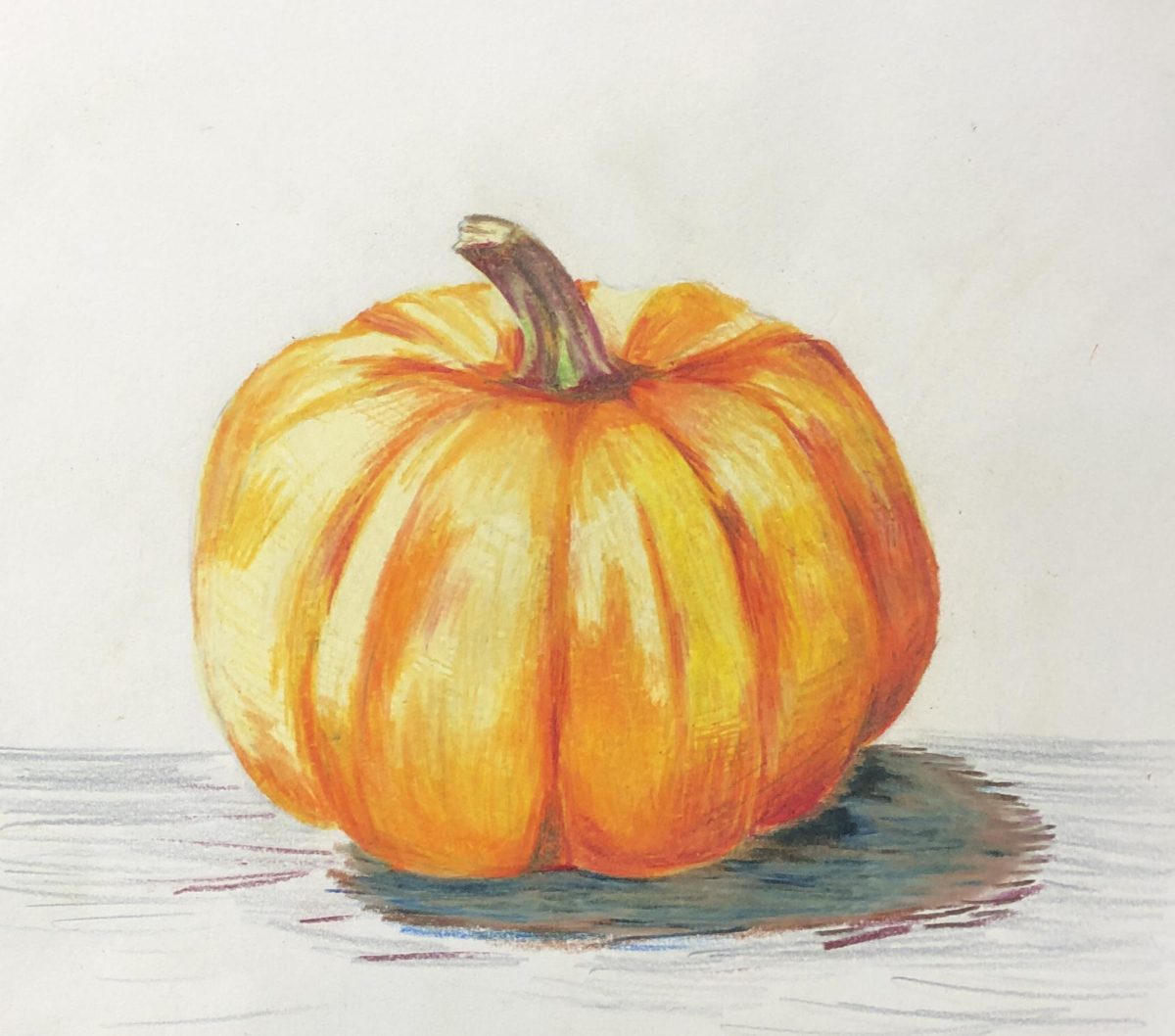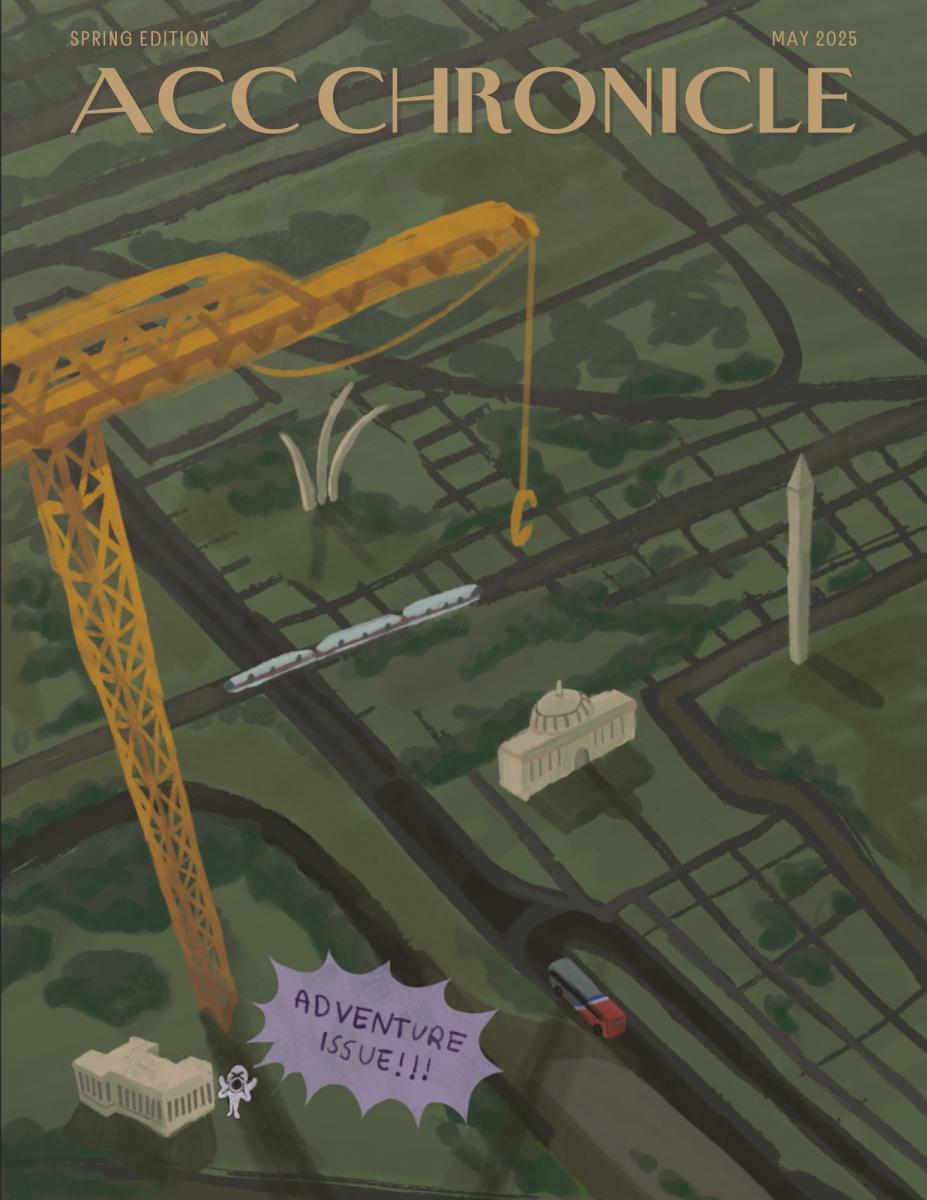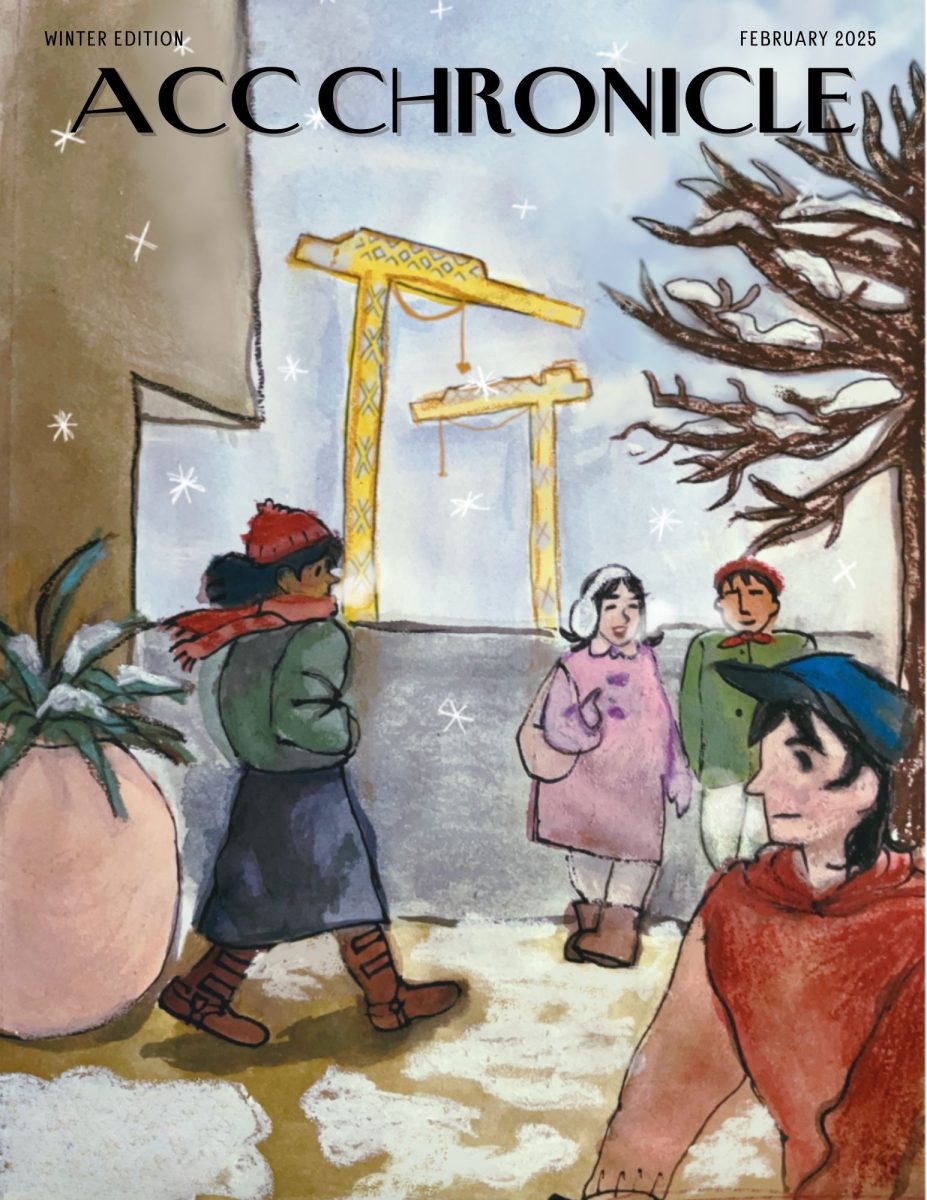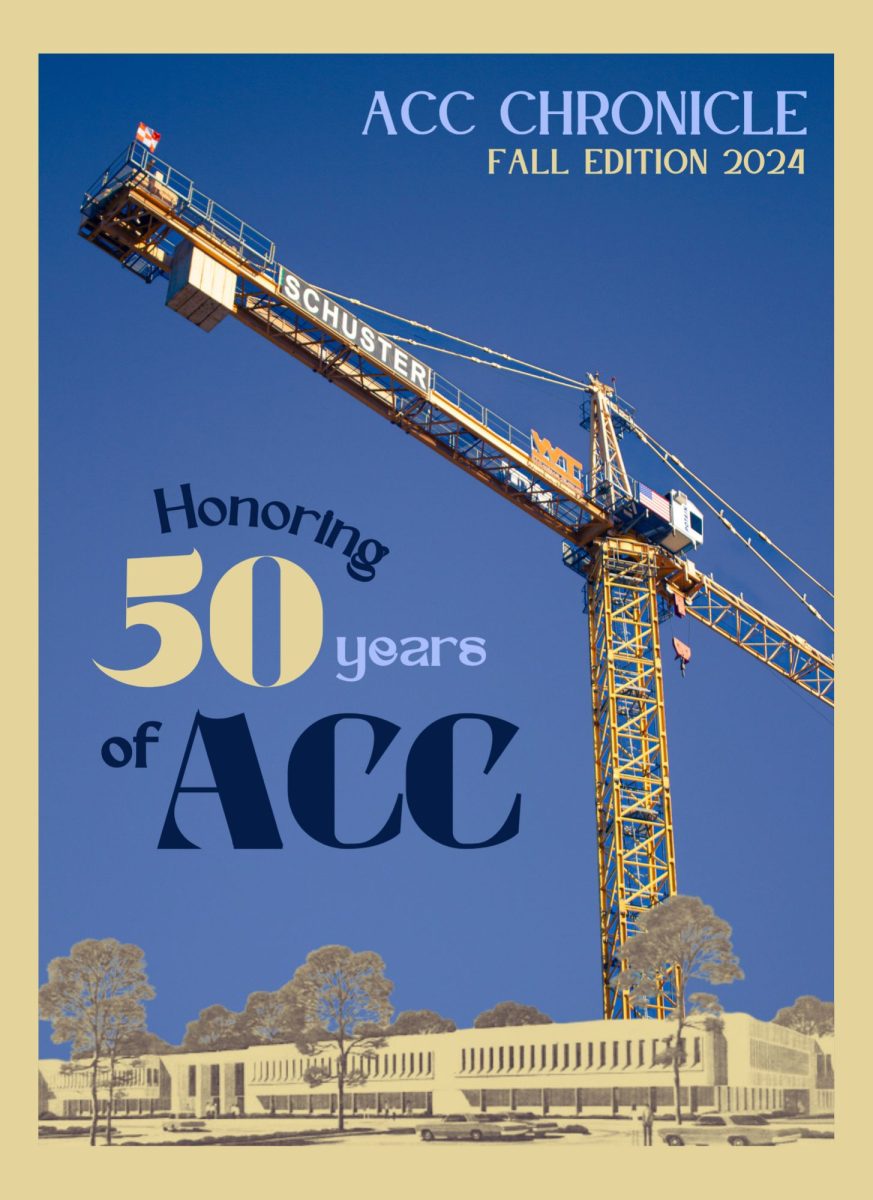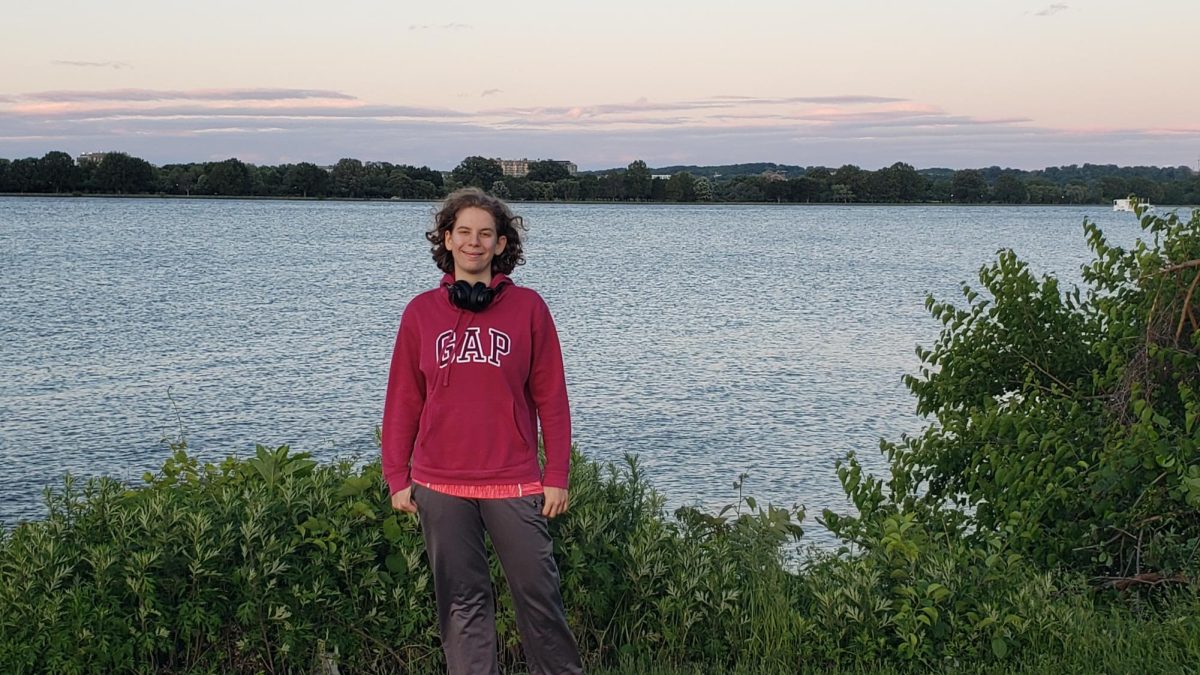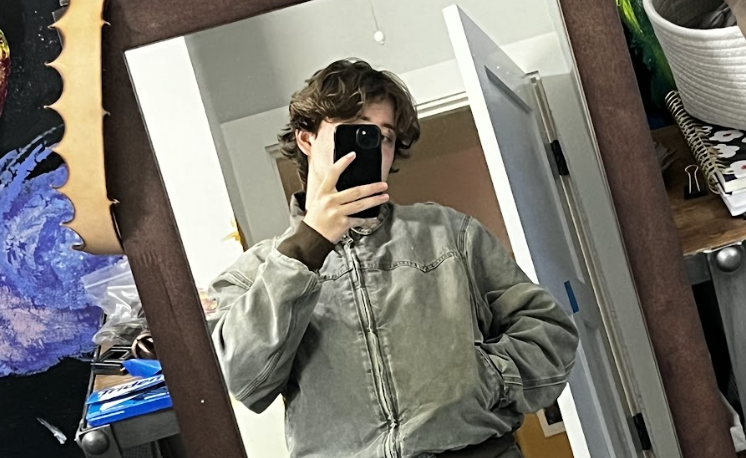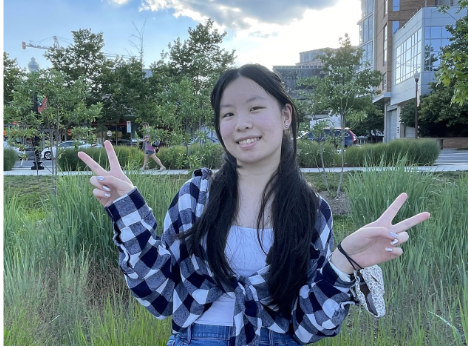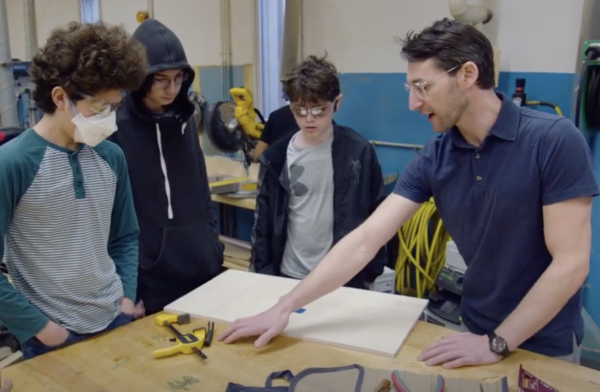
Mr. Kivitz is an engineering teacher at Arlington Tech, and everyone will likely take at least one of his classes. He teaches almost all of the freshmen Intro to Engineering Design (IED) classes, as well as the upper-level electives Digital Electronics and Computer Integrated Manufacturing Engineering. If you’re a prospective student, a new freshman, or even a former student interested in the teacher behind the class, keep reading!
What’s your favorite part of teaching?
“…that I get to learn alongside you all,” is his near-immediate answer. “It points out to me the things that I need to work on. For example, being organized, being able to adapt to constantly changing circumstances, being able to manage anxiety, and all of that.” He explains that to teach his students those concepts, he must be comfortable working on them within himself.
“So it’s a good reflective moment for all of us,” he concludes.
Do you have a favorite class?
After a bit of deliberation, Mr. Kivitz decides the answer is all of them. “I don’t have a favorite,” he says, listing the traits each of his classes shares: making things, building relationships, taking on difficult problems, and innovation. “…it’s all about problem identification and helping people work together well enough.”
He likes the upper-level classes for the deep dive they take into the vast field of engineering, and for the students who have a personal interest in the subject, which lends itself to more elaborate, interesting projects. “It’s just fun,” he says.
At the same time, he also enjoys teaching IED. “[The students are] new to the game and they’re trying to figure out not only their way in high school but also within the engineering class,” he explains. The class is less about the work itself, and “more about ‘how do I become somebody who can engineer our lives a bit more so that we can be more productive and efficient’.”
You’re infamous for your zen/meditation exercises, what is the purpose of them?
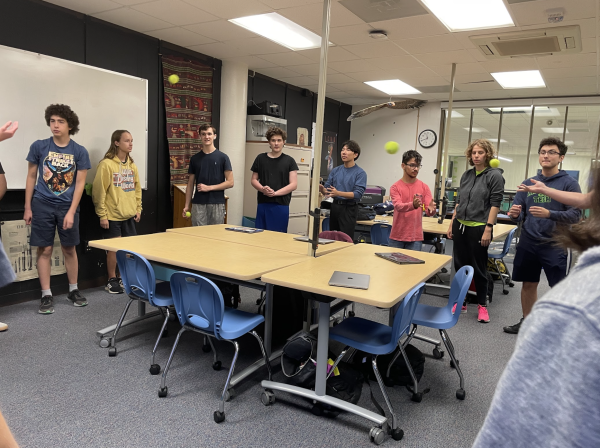
For some of the readers who might be unfamiliar with Mr. Kivitz’s “zen/meditation exercises,” he has a few main ones. The first is a general mindfulness activity where he walks students through breathing, asks them general thoughtful prompts, etc. At the same time, he leads the students through basic stretches that are less reminiscent of P.E. and more of a beginner yoga session. The second is a game where students gather in a circle and toss tennis balls to each other in a random order, calling each other by name until everyone has gotten it only once. Often he incorporates multiple balls into the game, staggered so each student ideally only holds one tennis ball at a time. The last is where students gather into groups based on a number he calls out, putting a hand on someone else’s shoulder to link them together. If there are students left over, they sit out, and the number changes until only two are left.
He explains the mindfulness activity with a metaphor about athletes. Elite athletes all have top-tier training, diet, etc. but what truly sets the best apart is their attitude and ability to control their anxiety. The mindfulness activity aims to help students control their attitudes and anxieties. He says it’s about facing problems and dealing with them rather than succumbing to bad habits, and “how do I step around that hole instead of constantly falling into it.” Stretching is simply a way to wake up the body, which is connected to the brain, to stimulate better productivity.
The tennis ball activity has several layers, so rather than attempt to summarize it, I’ll let him explain it in his own words. “One of them has to do with how often we have classes where we don’t know everybody’s name by the end, so that’s a problem, and the game holds a solution. Two, we get quite comfortable with making mistakes in front of people; everybody drops the ball, everybody makes a bad throw. And then when it comes time to ask for help, or you need to help another person, it’s so much easier because you’re not like ‘oh, that person never messes up, so therefore they’re unapproachable’. It’s also a way for us to just drop it all and focus on just one thing.”
The last game “has everything to do with you all learning to cooperate.” It aims to build a habit where students attempt to put themselves in a position to help others, without sacrificing their ability to work. To win the game, a student must first cooperate with other people. Secondly, he builds an instinctual response when he gives a direction to “then go and seek people who can help you in whatever you’re facing.”
“These games have multifaceted aspects to them,” he concludes. “It’s not just ‘oh, let’s play a game because games are fun.’” When implementing these games, he draws from a decade of experience trying to get students to work together without forcing them, managing a classroom, and encouraging cooperation.
Closing Statements
Mr. Kivitz remarks that coming into Tech, many students “seem surprised by the rigor that projects necessitate.” He explains that being self-directed, motivated, and comfortable working with people are important things to be aware of when considering Tech.
He describes himself as a gardener, rather than an engineer. Even though he’s an engineering teacher, he explains that his role is more about cultivating an environment for students to learn and grow. “That way, under the right conditions, you all will thrive.”

